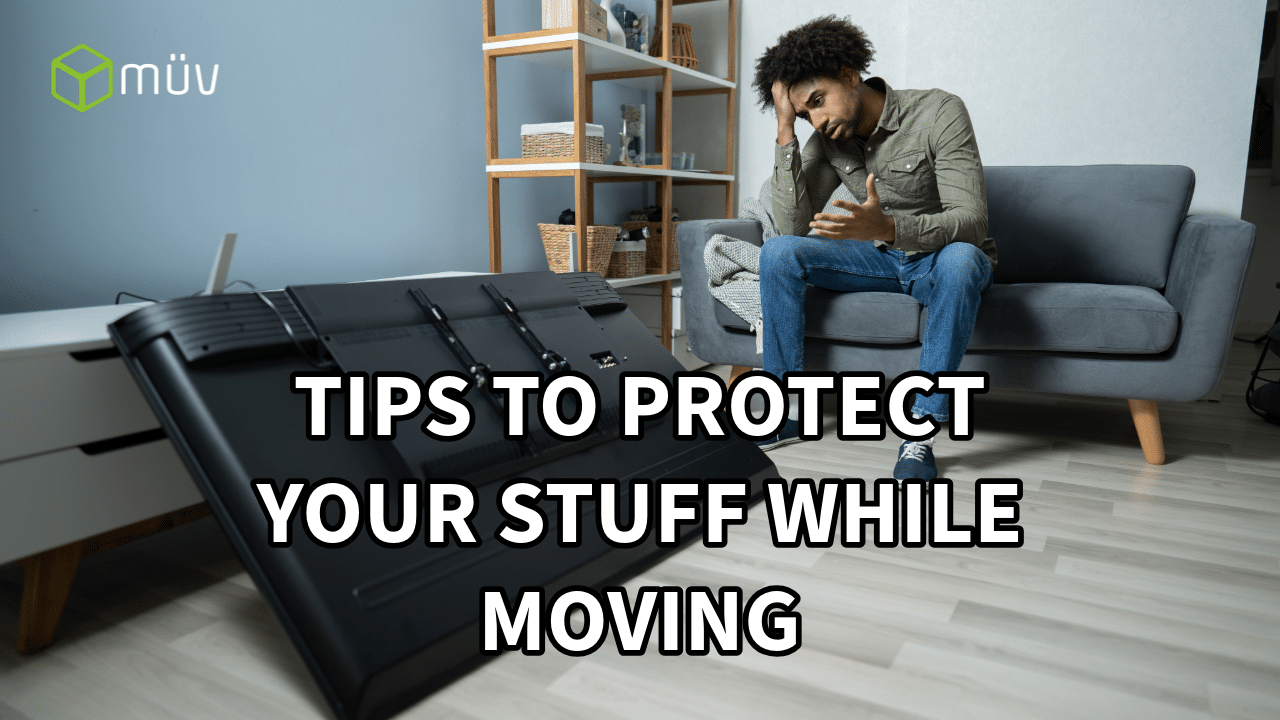How to Protect Your Belongings During a Move
Moving can be an exciting yet daunting experience, especially when it comes to ensuring the safety of your belongings. Whether you’re moving across town or across the country, protecting your items from damage is a top priority. Here are some essential tips and strategies to help safeguard your possessions during a move.
1. Invest in Quality Packing Supplies
The first step in protecting your belongings is to invest in high-quality packing materials. Here’s what you’ll need:
- Sturdy Boxes: Use strong, corrugated boxes of various sizes to accommodate different items.
- Packing Paper and Bubble Wrap: These materials are essential for wrapping fragile items to prevent breakage.
- Packing Tape: Secure boxes with durable packing tape to keep them sealed during transit.
- Furniture Covers: Use plastic or cloth covers to protect furniture from scratches and dirt.
- Labels and Markers: Clearly label each box with its contents and destination room to make unpacking easier and more organized.
2. Pack Smartly or hire some help
Effective packing is crucial to protect your belongings. Follow these tips to pack smartly:
- Wrap Fragile Items Individually: Use bubble wrap or packing paper to wrap each fragile item individually. Place them in boxes with plenty of cushioning to prevent movement.
- Disassemble Large Items: Take apart furniture and large items to make them easier to move and less prone to damage. Keep screws and small parts in labeled bags.
- Use the Right Size Box: Avoid overpacking large boxes with heavy items. Instead, use smaller boxes for heavier items and larger boxes for lighter, bulkier items.
- Fill Empty Spaces: Use packing paper, bubble wrap, or towels to fill any empty spaces in boxes. This prevents items from shifting during transport.
3. Label Everything – we mean EVERYTHING!
Clearly labeling your boxes is essential for a smooth move. Label each box with its contents and the room it belongs in. For fragile items, use bold markers to write “FRAGILE” on all sides of the box. This ensures movers handle these boxes with extra care.
4. Hire Professional Movers – wink wink*
Consider hiring professional movers to handle your belongings. Experienced movers know how to pack, load, and transport items safely. Many moving companies also offer insurance options to cover any potential damage during the move, providing additional peace of mind.
5. Use Protective Padding
For large items like furniture and appliances, use protective padding to prevent scratches and dents. Moving blankets, furniture pads, and stretch wrap can shield your items from damage during transit. Be sure to secure the padding with packing tape or stretch wrap to keep it in place.
6. Handle Electronics with Care
Electronics are particularly vulnerable during a move. Follow these tips to protect them:
- Original Packaging: If possible, pack electronics in their original boxes with original packing materials.
- Antistatic Bubble Wrap: Use antistatic bubble wrap to protect sensitive electronic components.
- Remove Batteries: Take out batteries from electronic devices to prevent leaks and damage.
- Label Cords and Components: Label all cords and components to make reassembly easier.
7. Secure Valuables and Important Documents
Keep valuables and important documents with you rather than packing them in the moving truck. Items like jewelry, passports, financial documents, and personal electronics should be transported personally to ensure their safety.
8. Monitor Weather Conditions during your move
Weather can impact the safety of your belongings during a move. If you’re moving in adverse weather conditions, take extra precautions:
- Waterproof Materials: Use waterproof bins or plastic bags for items that could be damaged by moisture.
- Cover Items: Protect furniture and boxes with plastic covers if rain or snow is expected.
- Plan for Temperature-Sensitive Items: Items sensitive to temperature changes, like electronics or artwork, should be transported in climate-controlled conditions.
9. Double-Check Before Leaving
Before the moving truck departs, double-check that all boxes are securely packed and labeled. Ensure that fragile items are appropriately cushioned and that heavy items are placed at the bottom of stacks to prevent crushing lighter items.
10. Unpack with Care
Once you arrive at your new home, take your time unpacking. Inspect each box for damage and handle fragile items with care. Setting up your belongings carefully can prevent damage during the final stages of your move.
Keep your stuff safe during your move
Protecting your belongings during a move requires careful planning, quality packing materials, and thoughtful execution. By following these tips, you can minimize the risk of damage and ensure a smoother, more secure move. Whether you’re moving yourself or hiring professional movers, taking the right precautions will help keep your possessions safe and give you peace of mind during this transition.
Ready to hire some professional movers?



Comments are closed